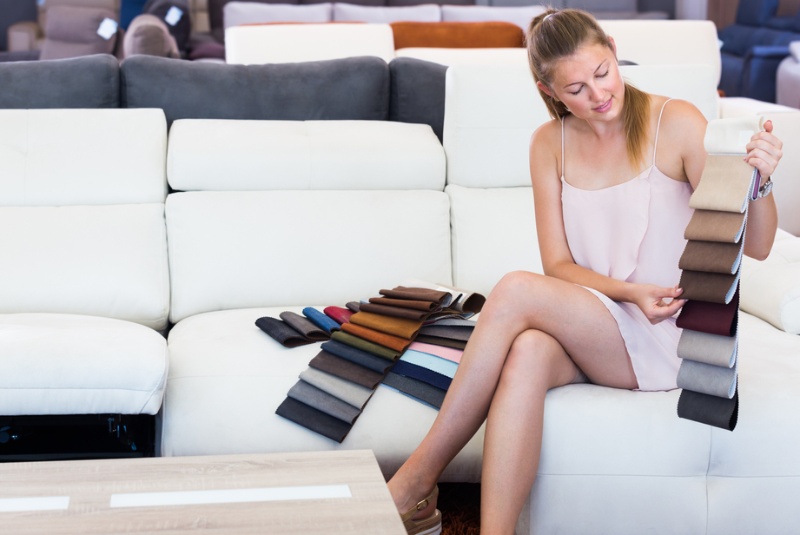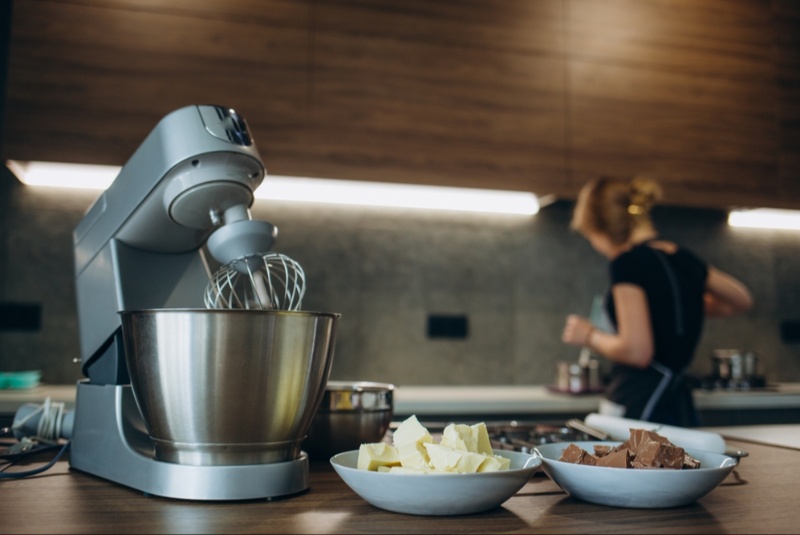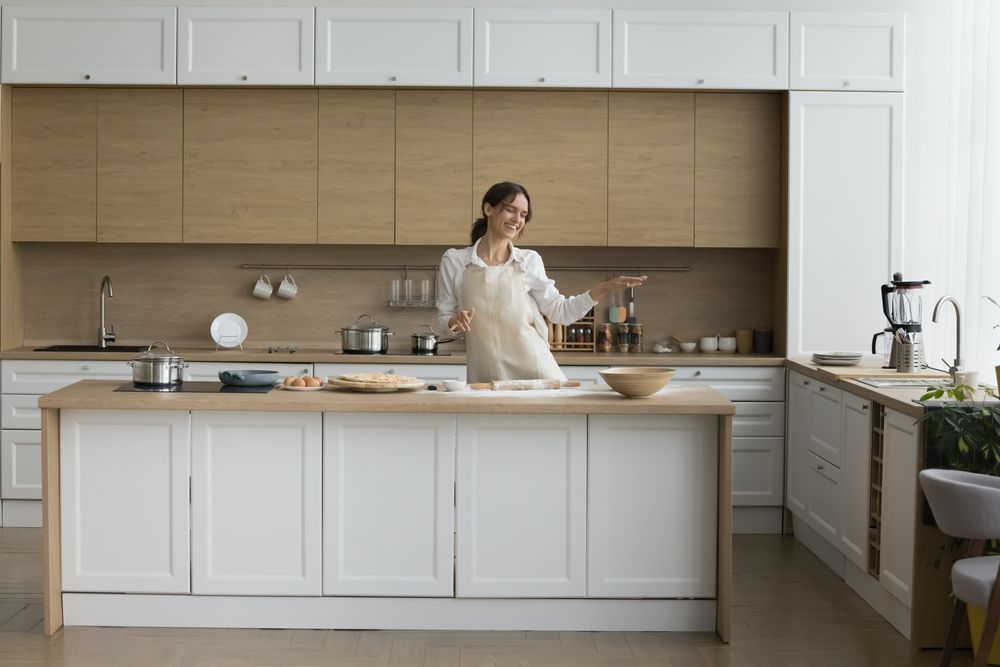Choosing the perfect sofa goes beyond picking a design that matches your home decor; it’s an investment in comfort, durability, and functionality that shapes the dynamics of your living space for years. Here are tips and strategies to make an informed decision when purchasing your next sofa.
1. Understand Your Needs
Space Considerations
Evaluate the available space in your room to determine the ideal sofa size. A sofa that’s too large may overwhelm the room and obstruct pathways, while a smaller one may look out of place. Use painter’s tape to outline the sofa's dimensions on your floor, giving you a visual guide and a sense of how it will fit with other furniture.
Functionality
Consider the primary purpose of your sofa. Will it be used for family lounging, hosting guests, or as a focal piece in the living room? Your answer will help determine the sofa’s size, style, and material. A sofa used primarily for family lounging, for instance, might prioritize comfort and durability, while one for a formal living room may lean toward aesthetics.
2. Style Preferences
Design
Selecting a design that complements your existing décor is essential. Options range from minimalist, modern designs to luxurious, classic styles. If your decor style is modern, you might opt for sleek, low-profile designs. Traditional homes may call for more ornate and cushioned designs with rounded arms and classic fabrics.
Color Choice
Color is pivotal to a room’s ambiance. Neutral tones like beige, gray, and taupe are versatile and timeless, making them safe bets for long-lasting style. However, if you're looking to make a bold statement, consider a vibrant color that contrasts with the room’s palette. Don’t forget to factor in maintenance, as lighter colors may require more frequent cleaning.
3. Construction and Materials
Frame Quality
A quality sofa begins with a sturdy frame, which influences its longevity. Hardwood frames, like those made from kiln-dried oak, maple, or ash, are durable and resistant to warping. While high-quality frames can be an investment, they ensure your sofa can withstand years of use without sagging or squeaking.
Upholstery Fabric
Fabric choice impacts both comfort and durability. Leather is a durable option that develops character with age and is relatively easy to clean, making it ideal for homes with pets or children. Fabrics like cotton and linen offer softness and breathability and come in various patterns, although they may require more upkeep. Synthetic blends, like polyester, are budget-friendly and resistant to stains and fading.

Cushioning
Cushioning affects the comfort and feel of the sofa. High-resilience foam cushions provide firm support, while down-filled cushions offer a plush, luxurious feel. Consider the level of firmness that suits your preference, keeping in mind that firmer cushions tend to retain their shape over time.
4. Comfort and Ergonomics
Seat Depth
Seat depth is crucial for comfort, especially if you plan to use the sofa for lounging. Standard sofas have a depth between 35 and 44 inches. Choose a depth that accommodates your height and sitting preference—deeper seats are ideal for lounging, while shallower ones provide better support for formal sitting.
Backrest Design
The backrest should offer adequate support for your back and neck. Higher backs provide better support and comfort, while lower backs contribute to a modern aesthetic. Look for a sofa that aligns with your comfort needs, especially if you plan to spend extended time sitting or lounging.
5. Practical Considerations
Maintenance and Care
If easy maintenance is a priority, choose a sofa with removable and washable covers. This is especially beneficial if you have children or pets. For materials that may be more challenging to clean, like velvet or suede, consider a professional fabric protection treatment to guard against spills and stains.
Testing the Sofa
Whenever possible, visit a store to test the sofa. Sit on it, lean back, and gauge its comfort and support. Pay attention to its structure—wiggling or creaking could indicate subpar construction.
6. Budgeting for Your Purchase
Investment
A sofa is a significant investment, so it’s wise to set a budget that covers style, comfort, and quality. Decide on a budget range, keeping in mind that higher-quality sofas may have a higher upfront cost but will save you money over time by lasting longer. Consider the value of durability over time, especially if the sofa is for a high-traffic area.
7. Delivery and Installation
Delivery Details
Ensure the retailer offers reliable delivery services. Confirm the delivery date and method and check if assembly is included. Measure doorways, hallways, and staircases in your home to ensure the sofa can be moved in without difficulty.
Return Policy
Familiarize yourself with the seller's return policy to avoid any potential surprises. This will be helpful if the sofa doesn’t meet your expectations or doesn’t fit the space as planned. A flexible return policy offers peace of mind, especially when buying a high-value item like a sofa.
8. Embracing Sustainability
Eco-Friendly Options
Today, many brands offer eco-friendly sofas made from sustainable materials. Consider choosing a sofa constructed with responsibly sourced wood or natural fabrics, such as organic cotton. Eco-friendly sofas are often produced with environmentally-conscious manufacturing practices, making them a sustainable choice.
Conclusion
A sofa isn’t merely a piece of furniture—it’s the heart of your living space, setting the tone for comfort, style, and function in your home. With careful planning and consideration of your needs, preferences, and budget, you can find a sofa that fits your lifestyle perfectly. By investing in a high-quality, comfortable, and durable sofa that meets your aesthetic and functional needs, you create a space where you’ll feel at home.
Take the time to do your research, test options when possible, and keep these tips in mind. A well-chosen sofa will offer years of relaxation and style, making it a wise investment in your comfort and enjoyment.




